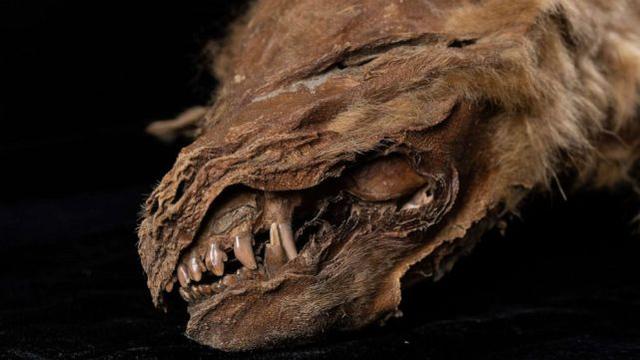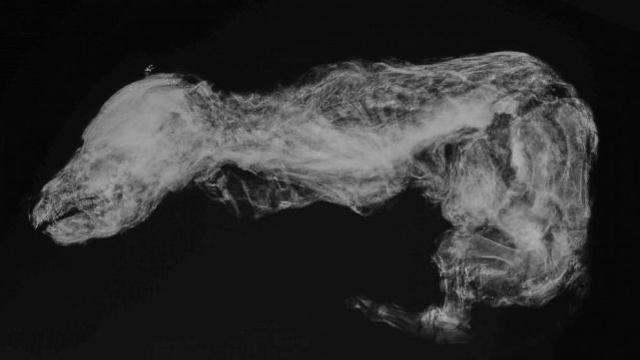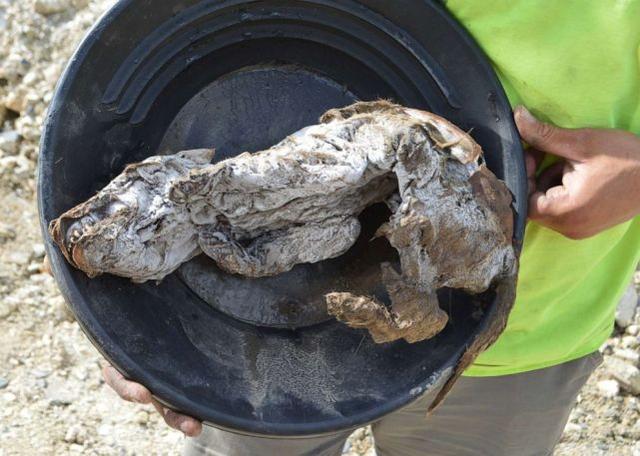Source ABC: A study published recently showed that in the melting frozen ground near Dawson City, Yukon, Canada, researchers found a 57,000-year-old wolf pup mummy.
This shows that mammalian populations already existed during the interglacial period tens of thousands of years ago.
In 2016, a gold miner discovered the remains of this young female wolf.
It is the most complete wolf mummy known and named Zhur.
Even the papillae on the wolf’s lips to the skin and fur were very well preserved when they were discovered.
Although mummified fossil remains of large mammals have been found in Siberia, they are less common in Alaska and the Yukon.
This wolf belongs to a population that is related to wild wolves in Alaska and Eurasia, but is not related to the wolves that now live in the Yukon.
According to National Geographic, these findings indicate that the first gray wolves in the Yukon were extinct and were subsequently replaced by other populations.

McMaster University paleogeneticist Tyler Murchie said: “Getting such a well-preserved carnivore is a unique situation that allows people to study the ice age ecosystem from the perspective of a predator.”
This research, published in the journal “Contemporary Biology”, reveals more information about the Yukon environment 57,000 years ago.
Researchers can determine that this cub was weaned from its mother and lived on food from rivers and streams.

Paleontologists estimate that when Zhur’s cave collapsed, the young wolf was about 6 to 7 weeks old.
After the entrance of the cave fell, it was buried in permafrost.



